SingXer isn’t well known outside of the Head-Fi space but this Chinese OEM/ODM outfit is moving into its second decade of operation with some very high quality products. SingXer and Topping have made huge inroads in the high-end headphone category and with prices that are very competitive; perhaps not as low as Schiit Audio but certainly in the ballpark. The SingXer SA-1 Balanced Headphone Amplifier is $599 and as we discovered — a very serious little headphone amplifier that can play with the best headphones on the market.
Some History…
SingXer started in 2011 and its initial focus was on fixing what they felt were significant deficiencies in the digital playback chain.
It is telling that the first products under the SingXer banner were USB to Coaxial and I2S converters.
SingXer didn’t like what was available and early USB had problems so they set about creating a product to fill that gap. In doing so, the SingXer team became heavily involved in improving the XMOS processor and worked closely with the XMOS team to develop the 200-series (improved) version.
They have also designed their own clocking mechanism, I2S shaping, and even a FPGA USB bridge (SU-2) that uses in-house programming. The SU-2 is one of the very few converters that supports DSD1024 natively as most chip based solutions are not able to.
After releasing a series of USB to coaxial/I2S interfaces, the next step was to release a DAC utilizing that technology, or more correctly three DACs using the AKM 4493, 4497, and 4499 respectively.
Having listened to two out of the three, I can say that they are well designed and solidly built products that deserve a look next to the Topping DACs that get a lot more attention and hype.
There is very little hype about their products; but you would hard pressed to find customers or other reviewers who have posted negative reviews so far. The products do have a utilitarian look but that doesn’t come at the expense of sound quality on the other end.
I’ve seen setups with the SingXer converters and some of the most expensive DACs in the world and they just quietly do what they were designed to accomplish without degrading the data being passed through them.
SingXer SA-1
The SingXer SA-1 is a departure for the brand as they had no history building balanced headphone amplifiers to go with their DACs.
The SA1 is a fully discrete, differential amplifier with balanced and single-ended input and output options. It is listed as a class A amplifier and spends most of its time as a full class A device unless extreme power is called for — at which point it becomes a class AB amplifier.
The casework is a heavy anodized aluminum with a matte black finish; it definitely isn’t a sexy looking piece of industrial design but it’s proven to be very reliable and very easy to use. The construction is quite robust for the price and I can see it lasting many years without issue.

The face of the amp has 3 toggle switches on the right side of the faceplate; followed by a 4.4mm headphone jack, 6.3mm headphone jack, an XLR port and volume dial.
The rear face of the amplifier from left to right, has XLR inputs split by a pair of RCA inputs followed by XLR and RCA outputs in the same layout, a power switch, and a fused power input.


There are gain switches on the bottom of the amplifier for each of the four differential amplifiers used in the SA-1. It should be noted that the unit should be powered off (not just turned off using the front toggle switch) before adjusting the gain settings.
The SA-1 uses a fully discrete analog amplifier circuit with analog volume control as well, which eliminates the distortion sometimes associated with digital volume controls.
As expected, the SA-1 measures extremely well (a SingXer point of pride) with a THD+N of -120dB @ 1kHz and a vanishing low noise floor as well.
Switching to high gain does bring the noise floor up slightly, but even in high gain mode, the SingXer SA-1 posts some impressive stats.

One thing to note — the volume adjustment is not linear with most of the usable range being somewhere at or above the 2 o’clock position with a rapid volume increase from there up.
I’m not sure if this is intentional or due to loading of the volume circuit, but either way it is outside what most will expect and does take a little getting used to. I would advise starting with the amp in low gain mode and then adjusting only after you’ve tested your headphones with the SA-1.
The gain is dependent on input source and output destination with the balanced or single ended source/destination pair having either 0dB (low gain) or 11dB (high gain).

A single ended input and balanced output results in 6dB or 17dB respectively. The oddball in the mix is the balanced input and single ended output which results in -6dB and +5dB for the two gain modes.
The SA-1 also provides impedance adjustment via one of the front panel toggle switches with 1.4 ohms balanced and 0.7 ohms single ended on low-Z and 11.4 ohms (balanced) and 10.7 ohms (single) in High-Z mode.
Listening
I had a SingXer SDA-1 DAC in the house for testing as well so the two were paired and fed via a Dell laptop and my Kann Alpha DAP as sources for doing the listening tests. To test and see how it behaves when paired with other makers devices, I used a Khadas Tone2Pro to feed it both balanced and single ended, and the RME ADI-2 as a step-up from the SDA-1 to see how well it scaled.
I find it difficult to rate amplifiers because in a perfect world they’d contribute nothing to the sound except power. It is easy to say that the SA-1 has enough power to run the Drop He6 (balanced/high gain) and enough finesse to handle the UE Live or EE Legend X in low gain which is rare in a single device, but from there it gets more complicated.
I found the SA-1 to be extremely clean sounding with a very natural sounding tone. It’s not tipped in either direction making it one of the more neutral sounding headphone amplifiers I’ve tried recently.
Bass has solid impact and extension and when I pushed it with symphonic works or classic rock, the bass never became wooly or lost any definition.
I could not find any non-linearity that I could attribute to the amplifier as it handled everything I threw at it equally well; every genre of music sounded clear with a lot of detail.
When paired with the RME ADI-2, the SingXer SA-1 was extremely revealing of poor recordings with no smoothing over of recording warts; if you like a warm and fuzzy presentation, the SA-1 will only work for you if your source/DAC are much darker sounding.
Pairing the SA-1 with the SingXer SDA-1 DAC only resulted in a slightly smoother sound but was still highly revealing and definitely did not make poorly recorded music sound like the best audiophile recordings.

Conclusion
The SingXer SA-1 is a robust, reliable, and well engineered headphone amplifier that delivers a lot for $599 USD. It won’t attract a lot of attention on your desktop but it also won’t cause any drama either.
If you’re looking for a headphone amplifier that delivers ample power but doesn’t have much of a personality, the SingXer SA-1 is a great choice for darker sounding headphones that require a bit of a jolt.
On the flip side, when fed good source material from a quality DAC, the SA-1 does a fantastic job of portraying exactly what it is fed. Just be aware that the volume knob is very sensitive past 3 o’clock on the dial; minor changes will result in a large increase in volume.
Where to buy: $599 at Amazon | Apos.audio













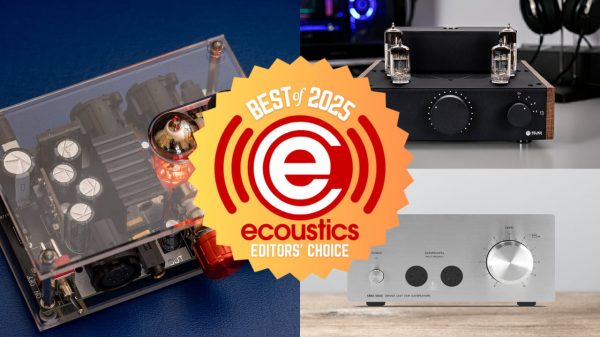




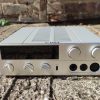
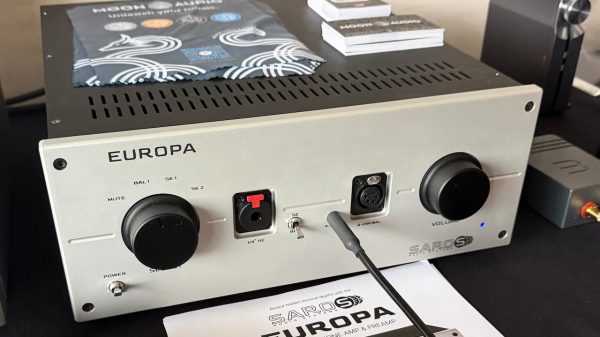
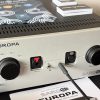
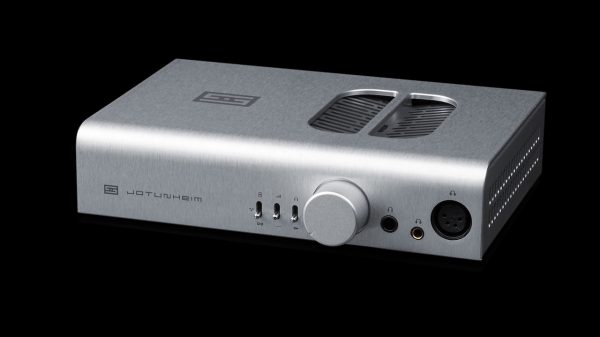
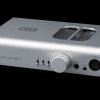
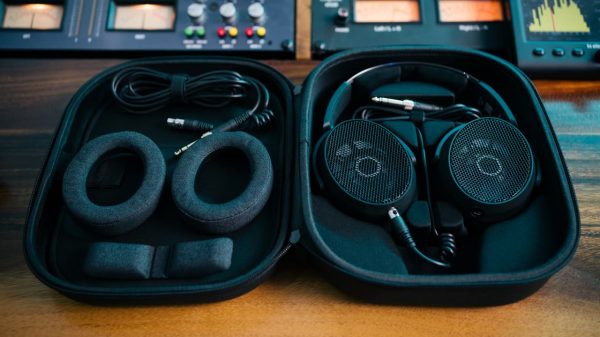
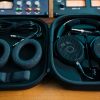
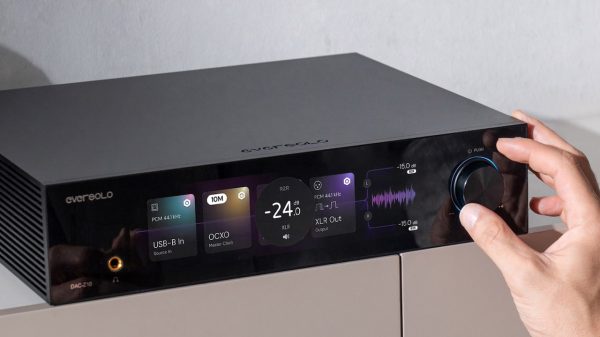
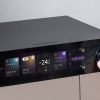
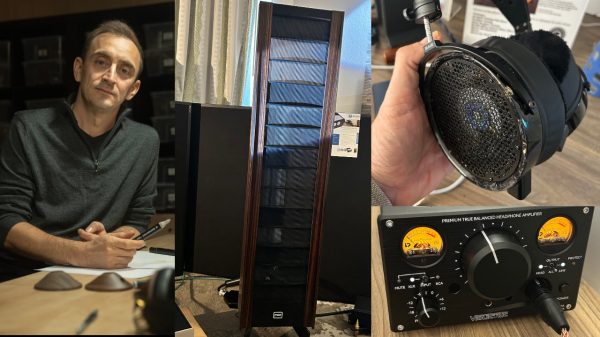
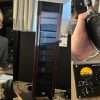











Pavel Jopek
August 4, 2023 at 11:19 am
Hello, I have a SingXer SA-1 amplifier paired with an RME ADI2 DAC FS converter and I want to ask if it would be beneficial to add a DDC USB Interface SingXer SU-6 before the RME? The main source is PC (Tidal or Audirvana in the future). What protocol is preferable to use when connecting SU-6 to RME ADI2? Thank you.